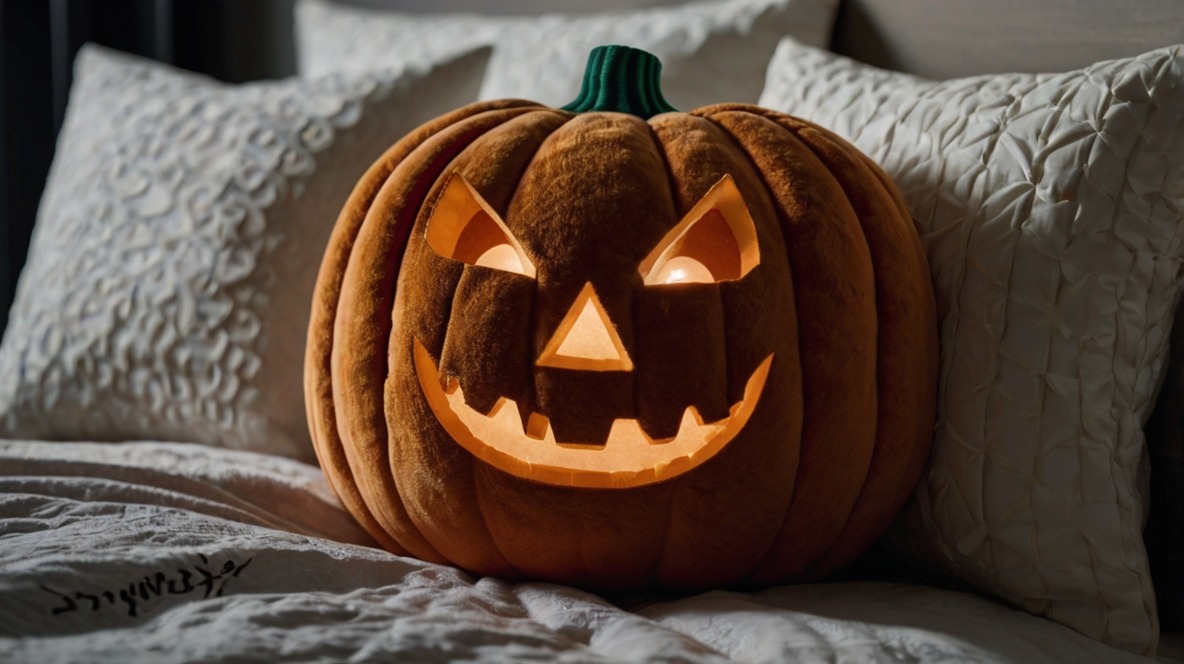Lucid dreaming, sleep paralysis, and false awakenings are what we call phase states. German researchers Felix Sammer, Susanne Haug, and Veronika Timpe have noted the similarities between these phenomena. The authors call their work a hobby project of lucid dreaming enthusiasts, acknowledging that the conclusions may not be sufficiently refined from a scientific perspective.
The researchers surveyed 344 members of various online lucid dreaming communities for an experiment to test several popular hypotheses. For example, it is believed that lucid dreamers often experience sleep paralysis: beginners are sometimes even afraid to practice because of it. However, the results showed that sleep paralysis is not a very frequent occurrence, as 40% of participants were familiar with it and 8.7% reported experiencing it monthly. These figures are higher than would be seen among the general population. The authors also found that about a quarter of lucid dreamers experienced false awakenings.
Another hypothesis is that young people are more prone to lucid dreaming than older individuals. The authors did not notice a difference based on age, although they acknowledged that their sample was generally young, as they sought respondents online.
Among the most popular methods for entering a lucid dream were:
– WBTB: waking up with an alarm clock a couple of hours earlier than normal, staying awake for 20–60 minutes, and going back to sleep.
– MILD: forming the intention to become lucid.
– WILD: maintaining awareness when transitioning from wakefulness to sleep.
What phase states have you experienced?
The preprint of the article was published in October 2024 on OSF.
Get all the latest news about lucid dreams via our channels on Telegram, Facebook, Twitter




